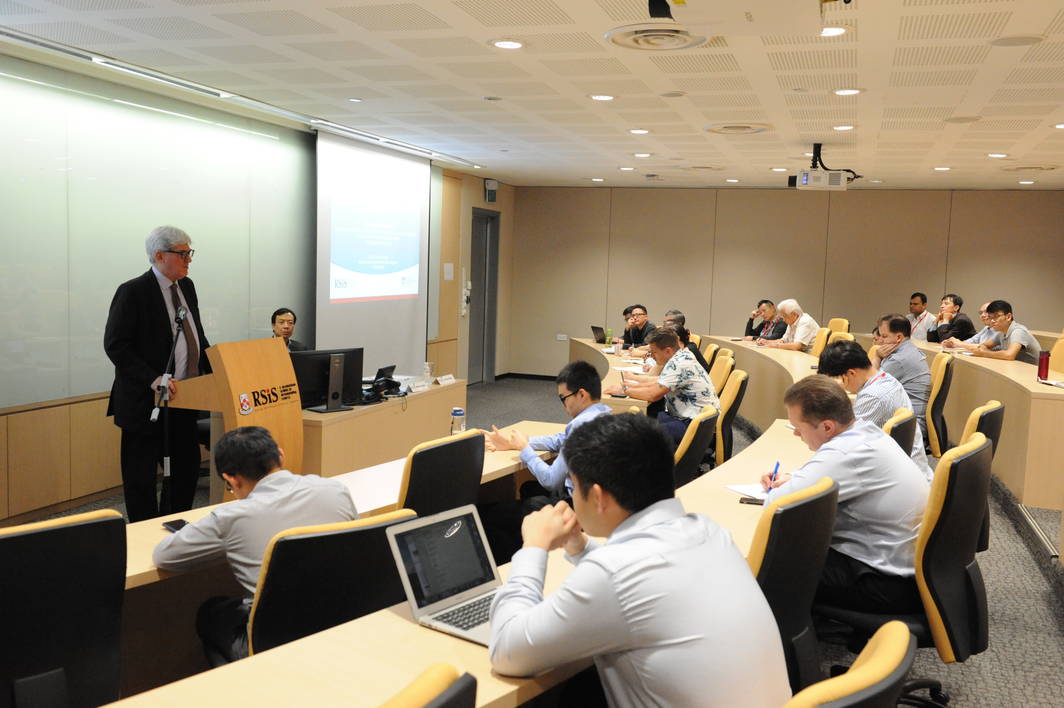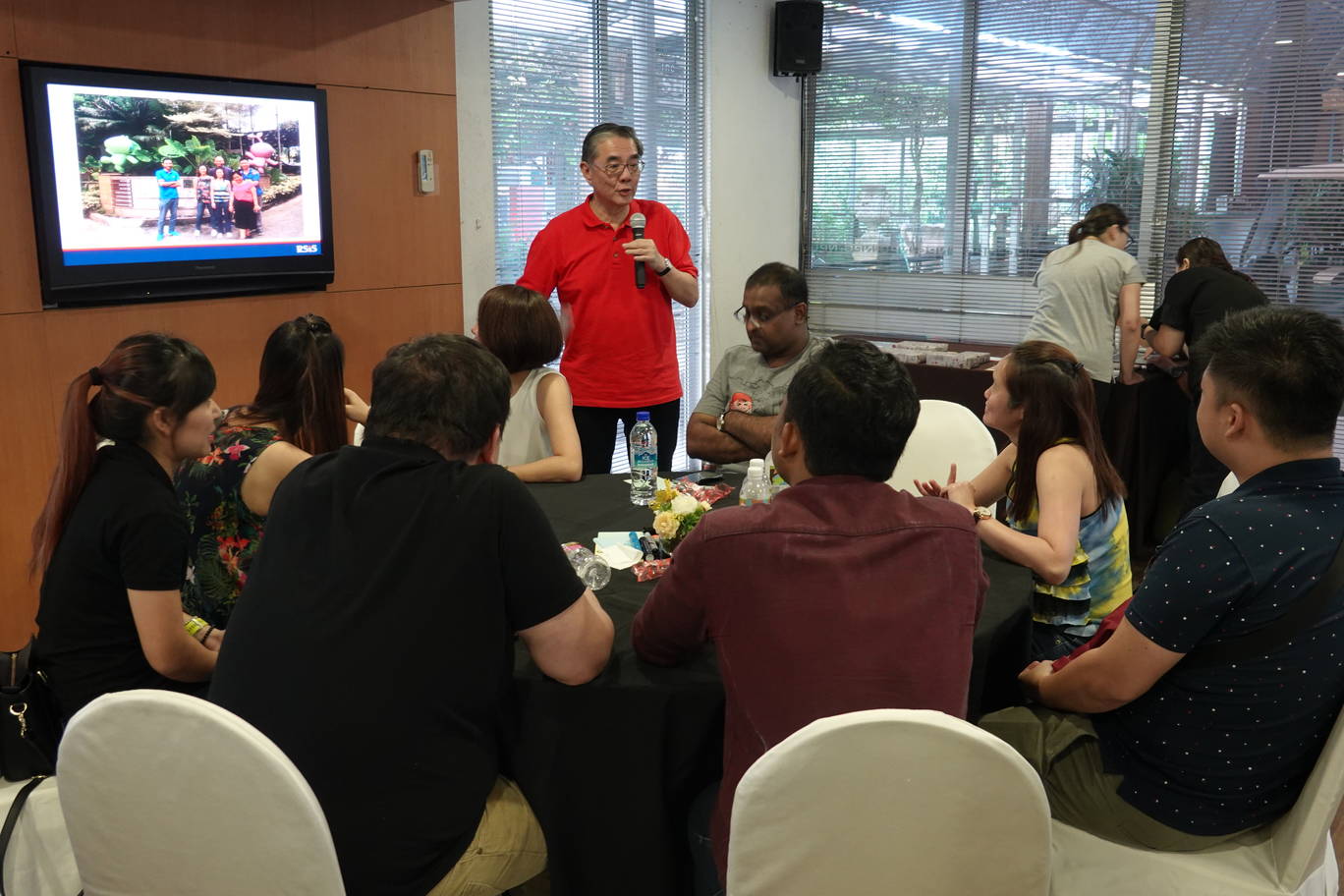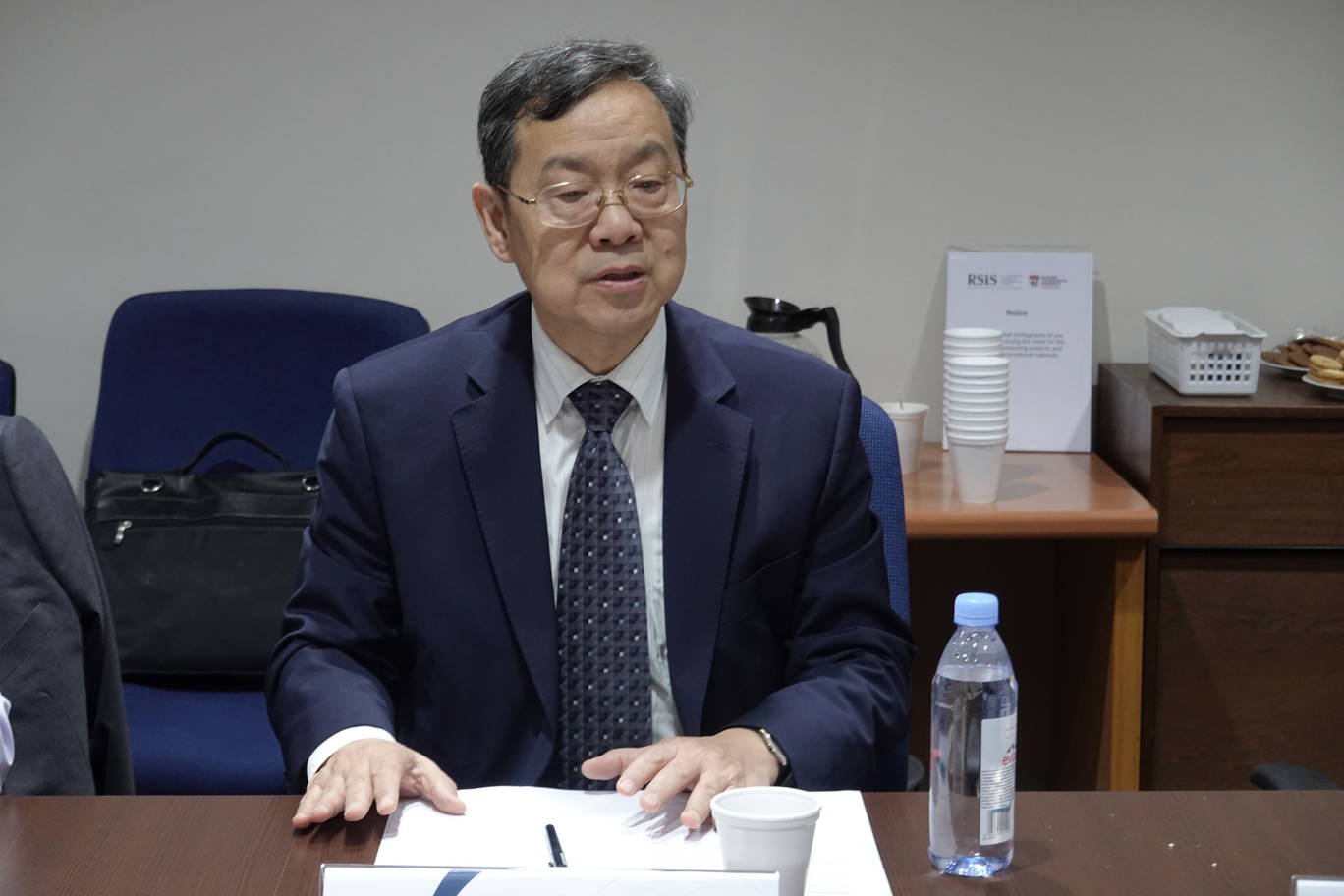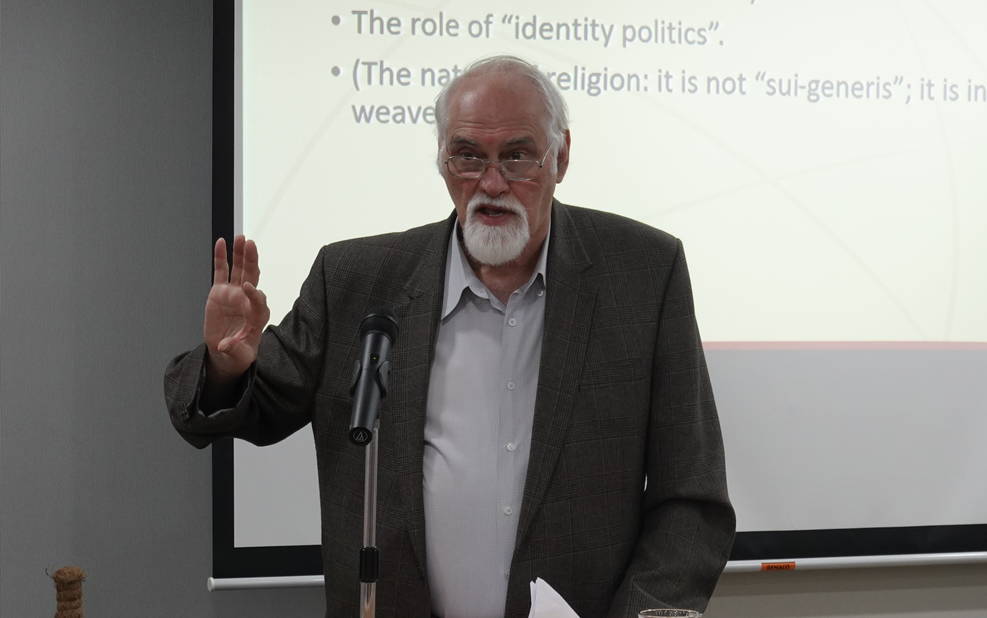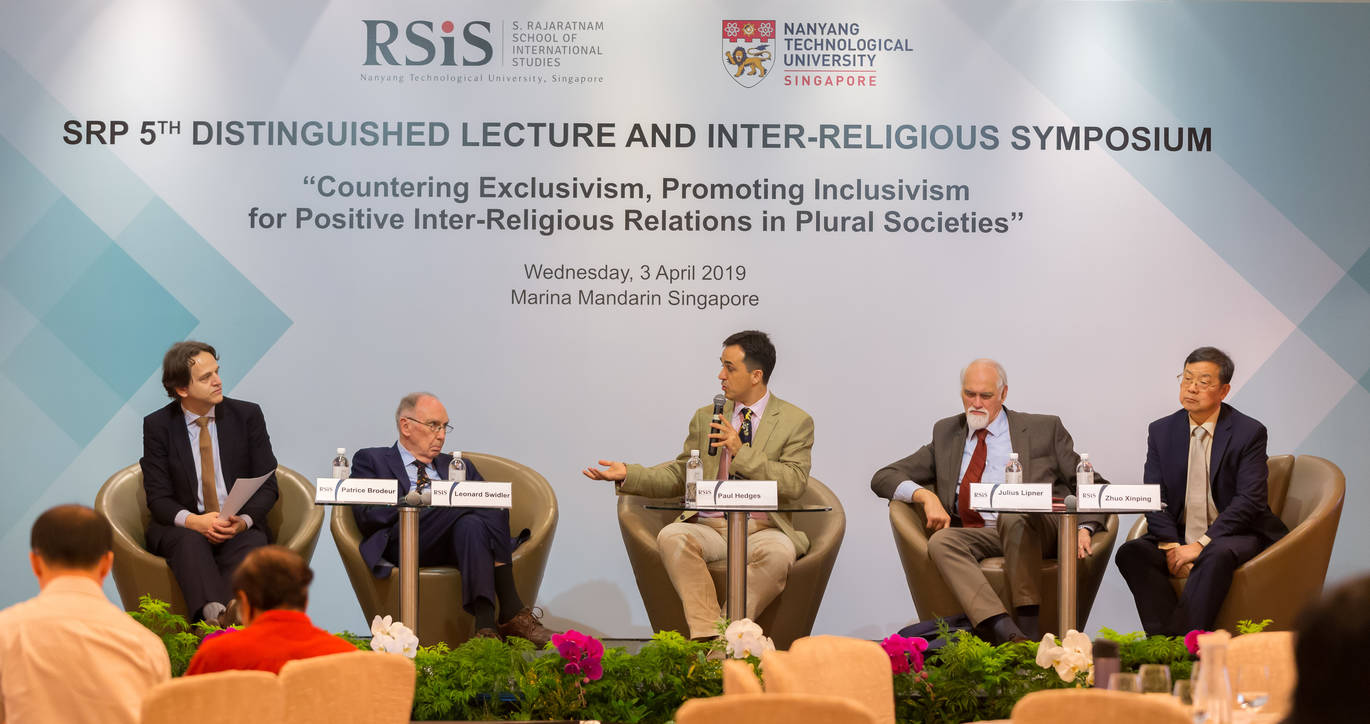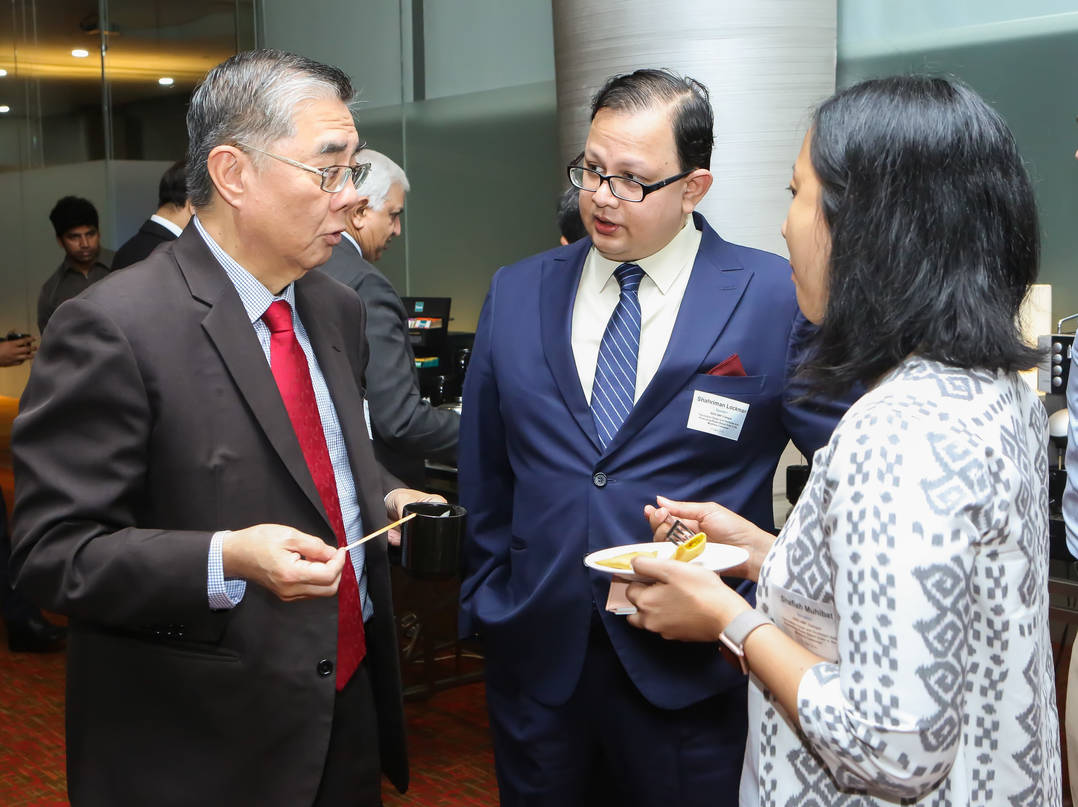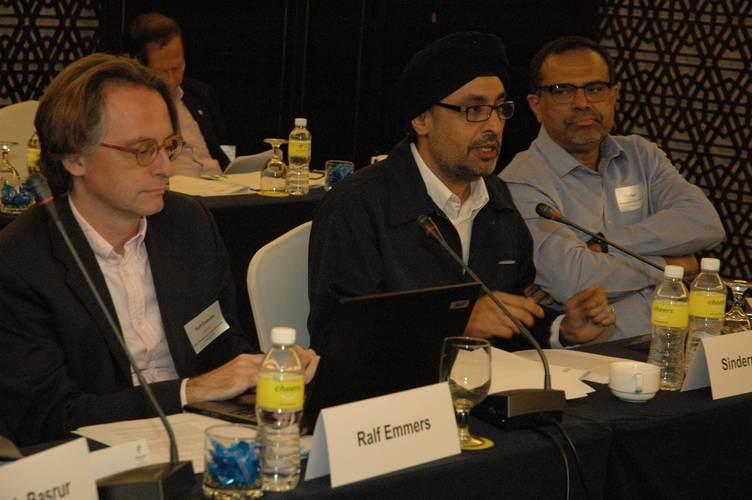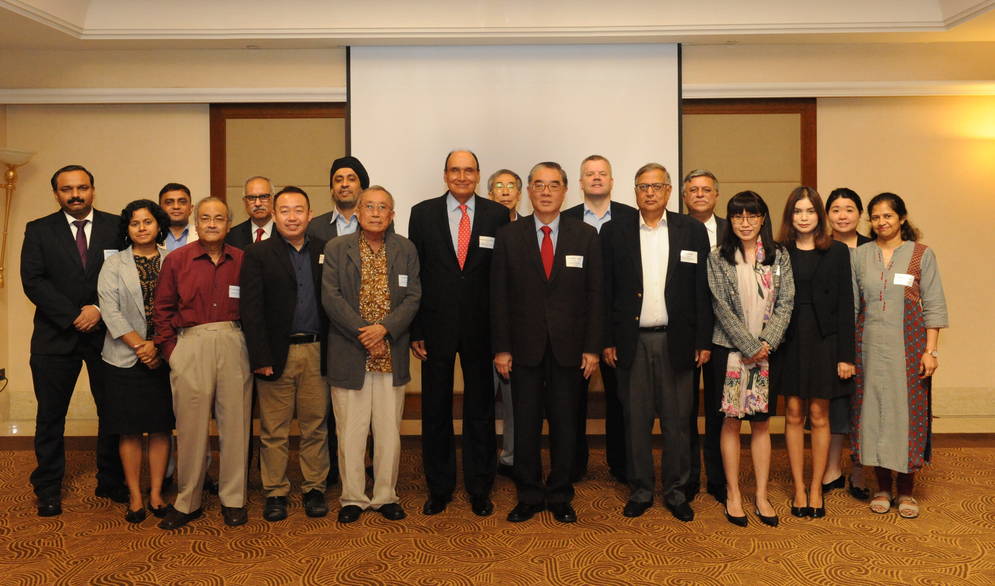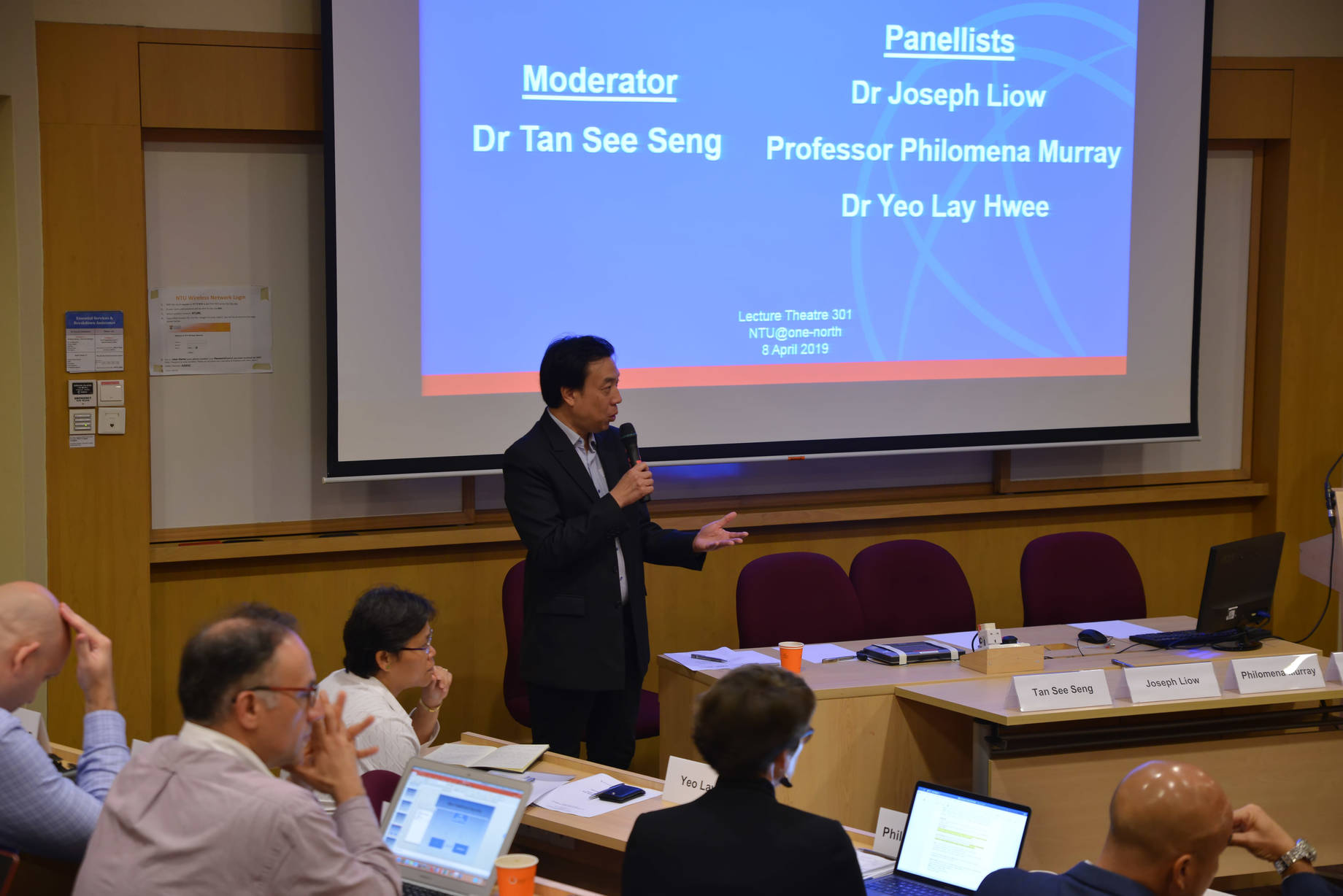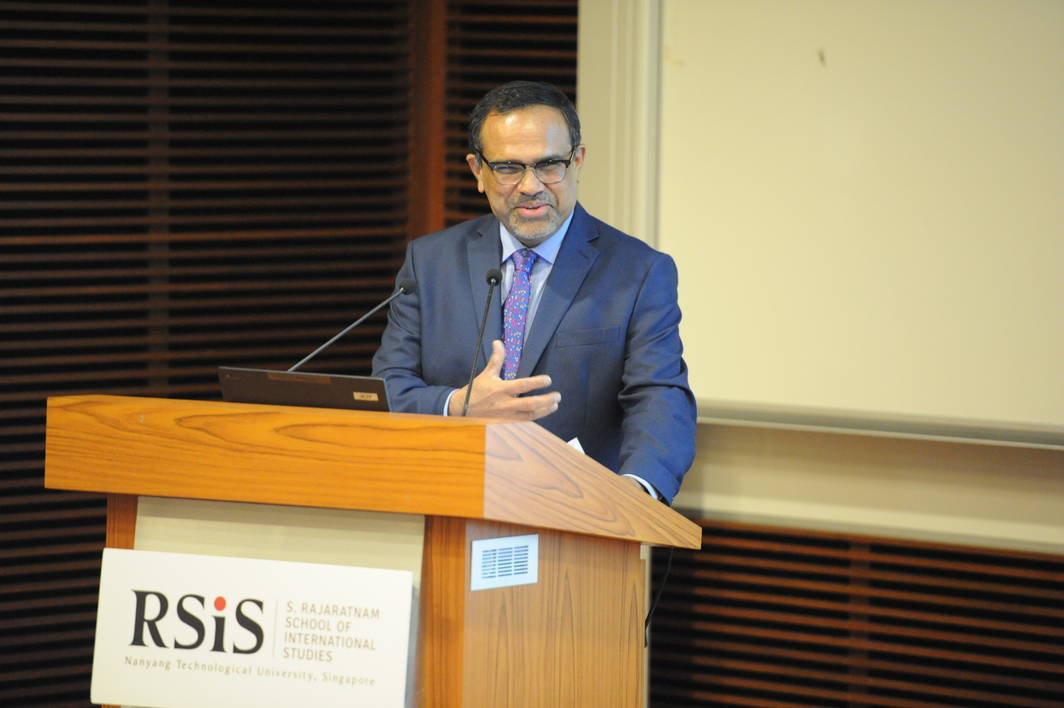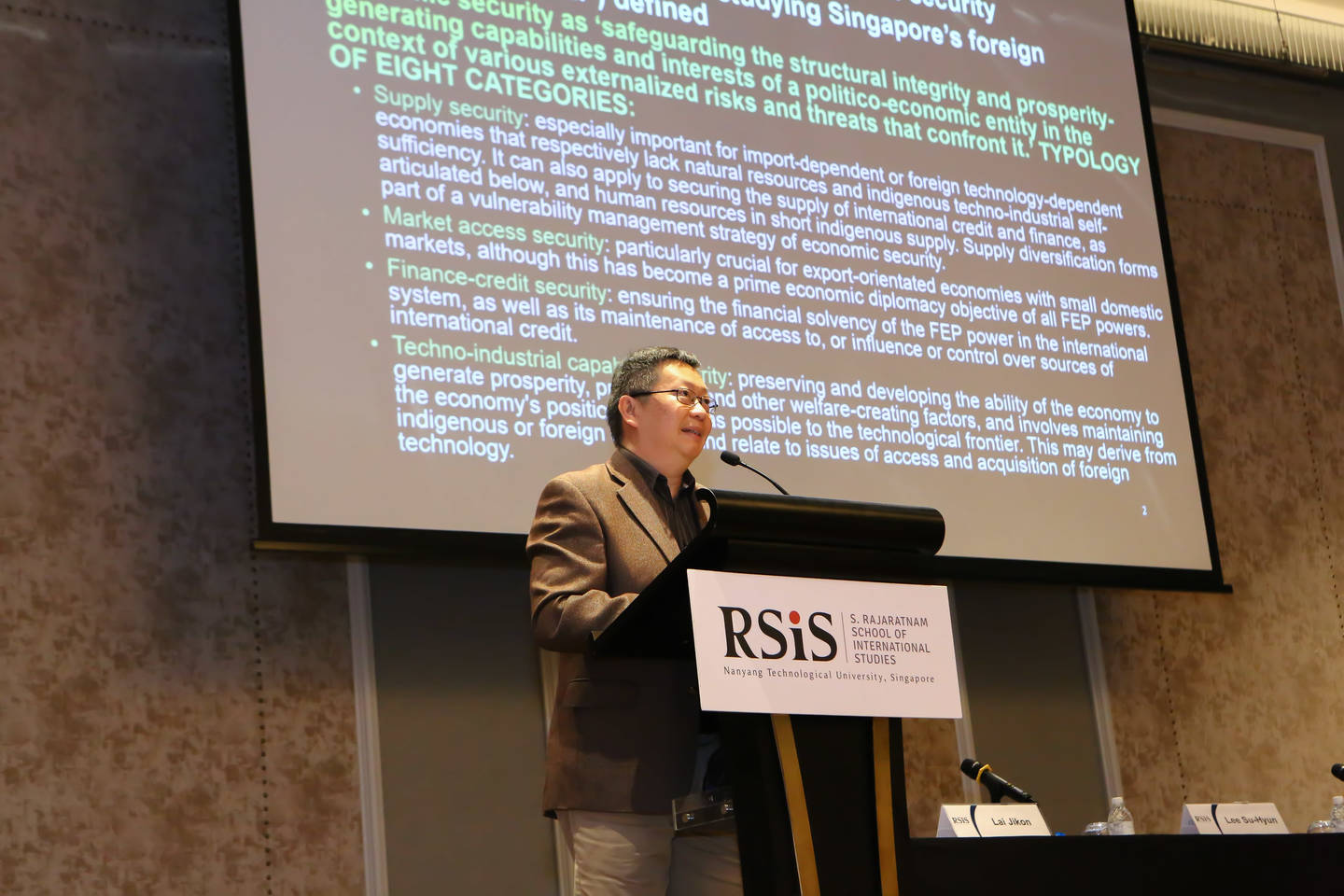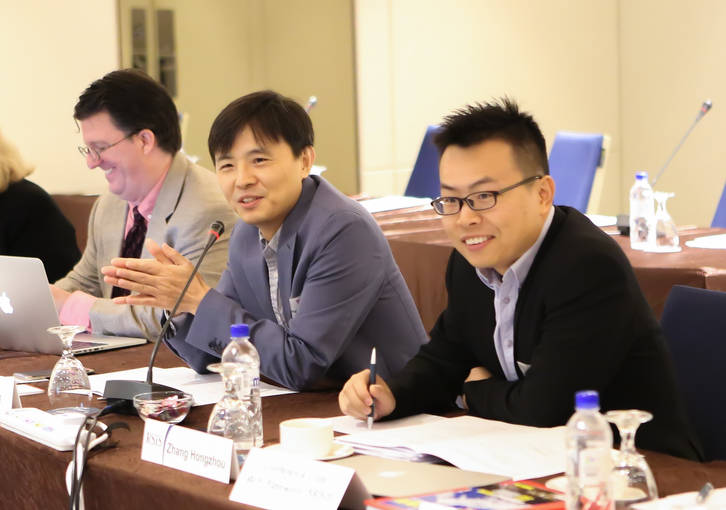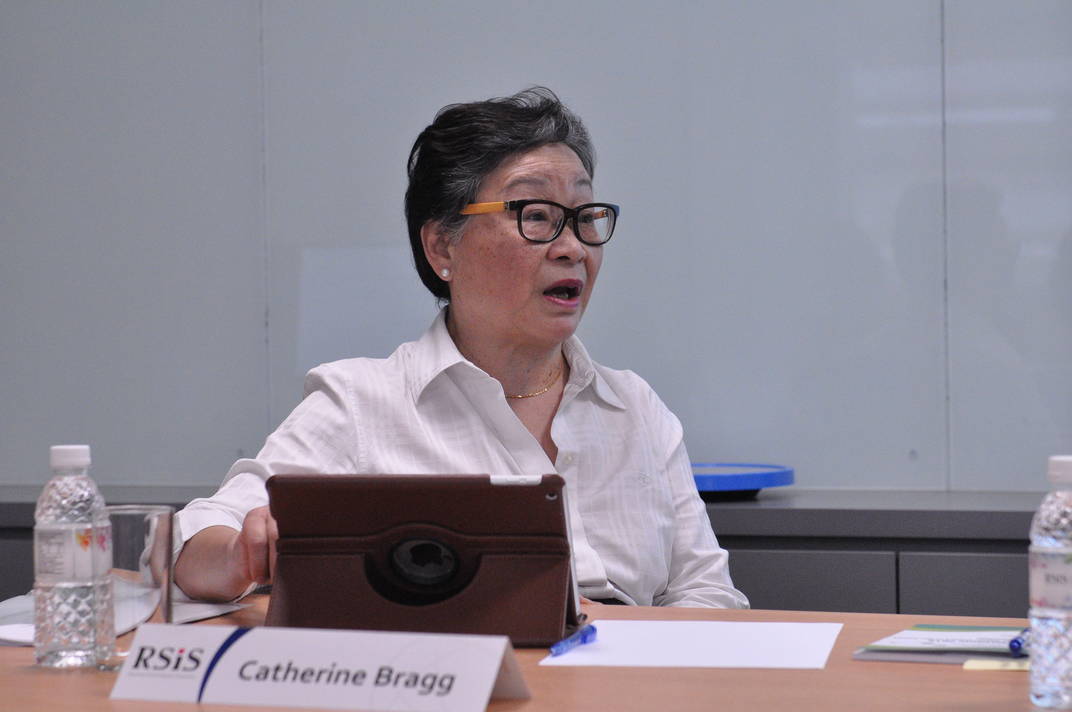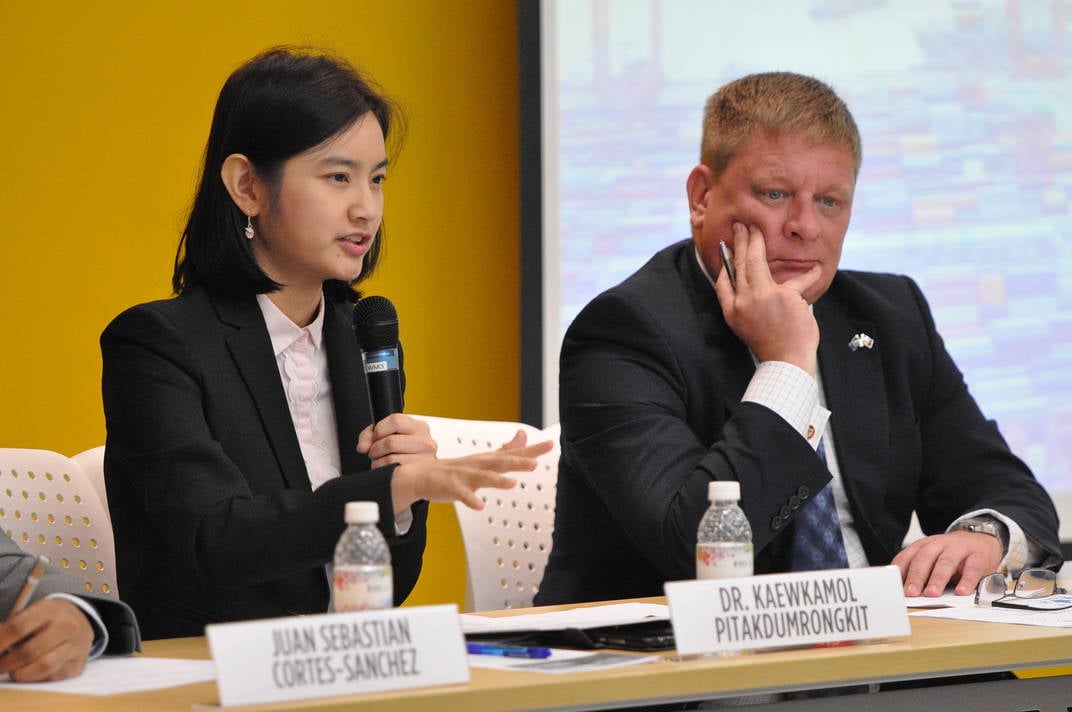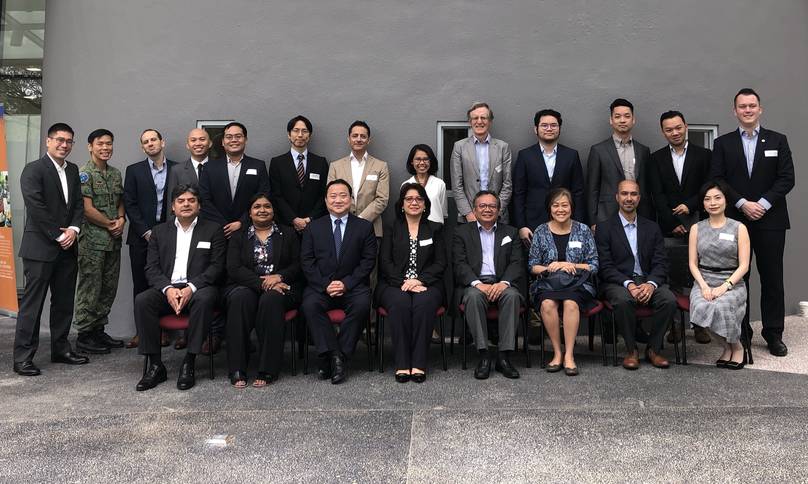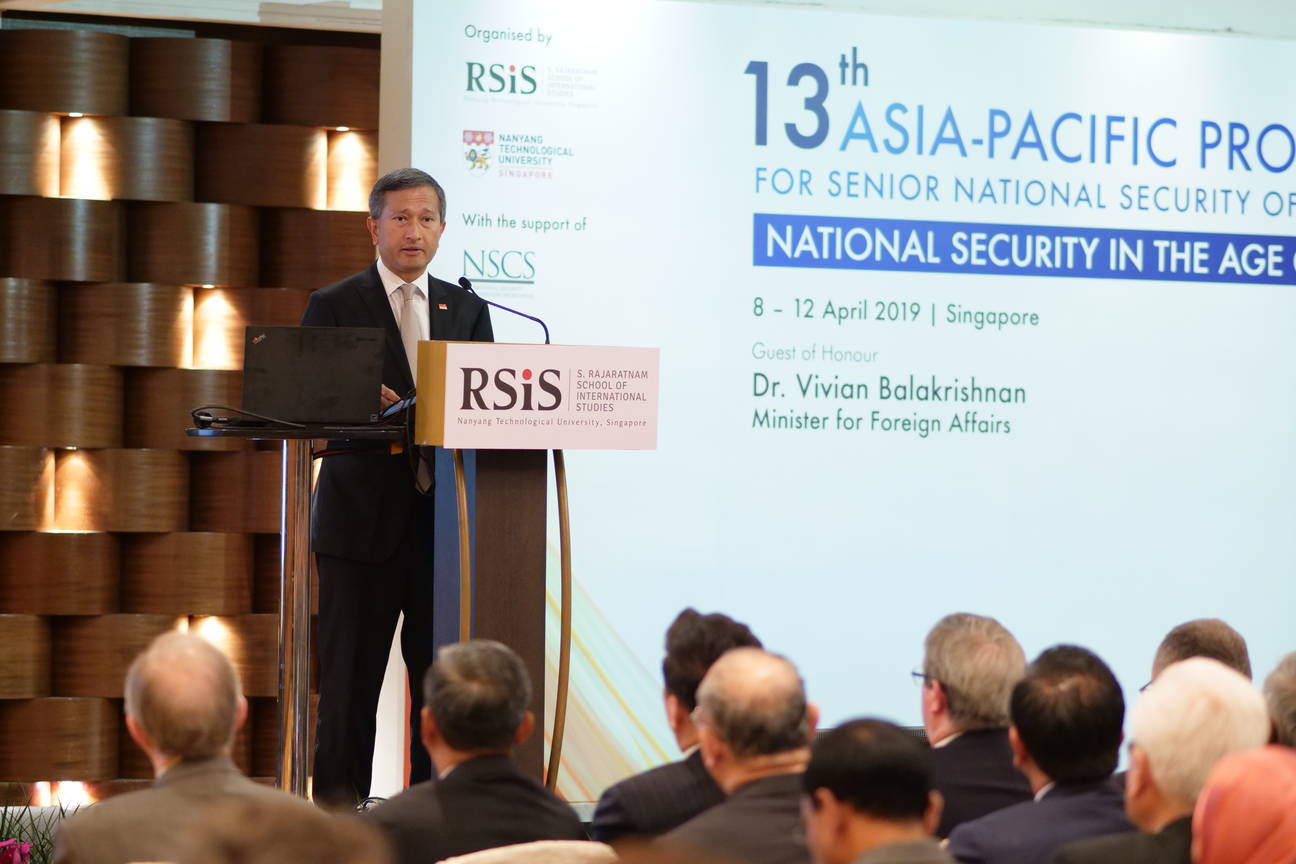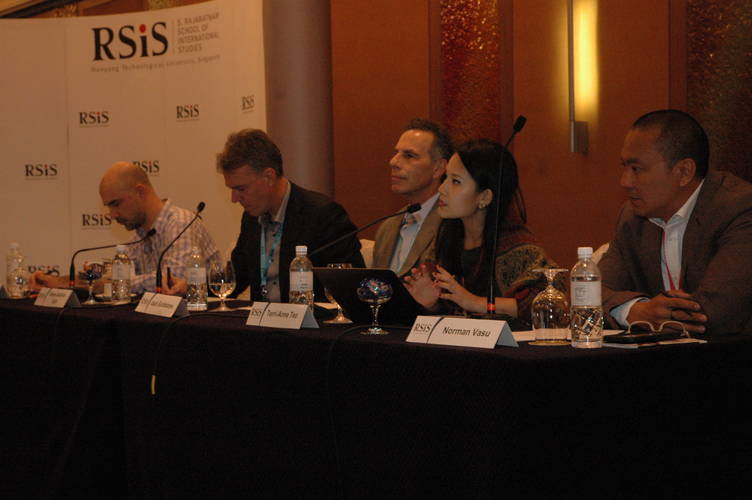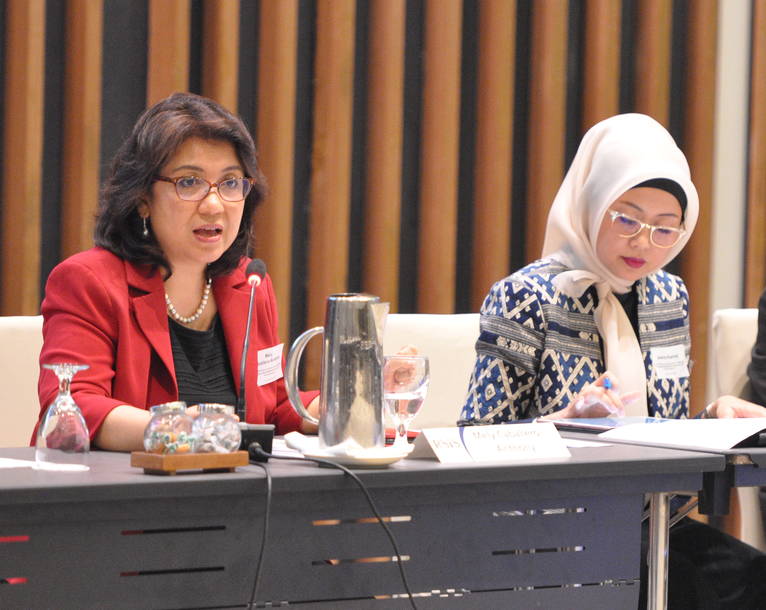
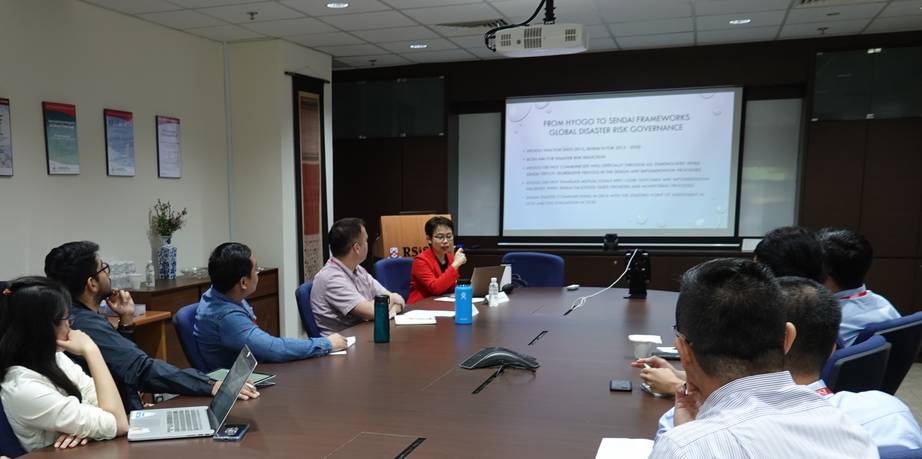
Dr Tavida Kamolvej, Visiting Fellow at the S. Rajaratnam School of International Studies, delivered two seminars titled “Glocalisation of Disaster Risk Reduction Frameworks: Implementing SENDAI and AADMER” and “Policy Instruments for Non-Structural Disaster Risk Reduction Measures: Building and Construction Safety in Thailand”.
The first seminar on 13 March 2019 explored the mutually reinforcing components of the SENDAI Framework for Disaster Risk Reduction (SFDRR) and the ASEAN Agreement on Disaster Management and Emergency Response (AADMER). She argued that both the SFDRR and AADMER had made laudable attempts to push for more collaborative and comprehensive disaster management systems. However, she also highlighted some of the challenges that might hinder efforts to institutionalise disaster risk reduction at the national and regional levels. Particularly, she cautioned that the different capacities of local communities and various national governments, as well as the different scales of disasters and risks, could prove to be significant obstacles. She suggested a need to improve national capacity in disaster management, with a particular focus on community-based disaster risk management. Finally, she also envisioned the ASEAN Coordinating Centre for Humanitarian Assistance on Disaster Management as the focal point for external assistance in the region.
The second seminar on 14 March 2019 focused on some of the non-structural disaster risk reduction measures currently being implemented in Thailand. Dr Kamolvej posited that policymakers have to develop policies that fit the risk profile of a particular community. Using Thailand as an example, she highlighted the linkage between the country’s low perception of disaster risk and the lack of robust disaster management policies and practices. For example, economic instruments to mitigate disaster risk such as insurance are not regularly utilised, while national disaster management initiatives are not translated efficiently to the local level. She concluded by suggesting that countries should set up standardised national platforms which aggregate and disseminate risk data. This data can then be used to inform policy decisions. Regarding construction and building safety, she also advocated for the formulation of hazard-specific legislation and the implementation of building safety codes.




